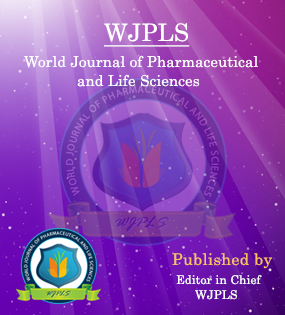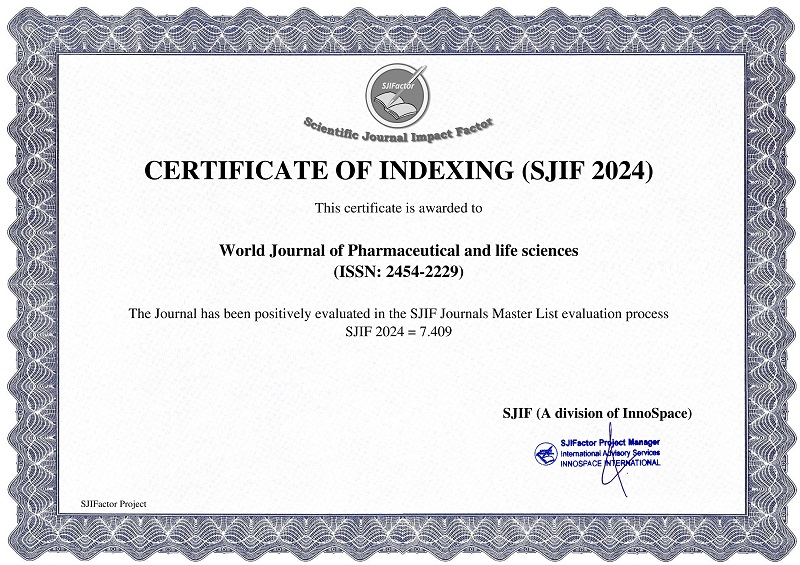Abstract
ASSESSMENT OF PROPHYLACTIC USE OF ANTIBIOTICS IN UROLOGICAL SURGERIES IN A TERTIARY HOSPITAL
Mizba Bushra Khanam* and Dr. J. Raghu Ram
ABSTRACT
Aim: The present study is focused mainly to assess the existing drug therapies and procedures with appropriate amount and administrating time use of antibiotic prophylaxis to prevent urinary tract infection and bacteremia (sepsis) following endoscopic urologic procedures. Objective: Evidence in the literature revealed that urological instrumentation is associated with increased incidence of urinary tract infection and bacteremia. The objective of this research is to evaluate the effectiveness of antibiotic prophylaxis in reducing the risk of urinary tract infection in patients who had undergone urological surgeries. For common urological disorders, open surgery has largely been replaced by cystoscopy with access through the urinary tract and laparoscopic surgery. Methodology: A systematic protocol is conducted to compare the different drug therapies and timing of administration of antibiotic prophylaxis in patients undergoing urological surgery. We had use predefined inclusion and exclusion criteria, and also develop a specific quality scale to assess the quality of the research. Result: Antibiotic therapy should be used for patients who are going to undergo urological surgery due to a 60% risk of presenting with infectious complications such as bacteraemia and a 10% risk of sepsis. Some clinical trials have shown that antibiotic prophylaxis in patients decreases the risk of bacteraemia and sepsis in the postoperative period, but there is no general agreement on the treatment type or when to start antibiotic therapy. 28 of 49 (57.14%) patients undergoing laparoscopic radical prostatectomy received prophylaxis preoperative, 11 of 49 (22.44%) patients received prophylaxis postoperatively, and one received none for the same procedure. Studies should start prophylaxis between 1 to 7 days before the procedure, with determining the differences in the results for each intervention. Evidence in the literature revealed that urological instrumentation is associated with increased incidence of urinary tract infection and bacteremia. Potential sources of bacteria leading to infection include the prostatic adenoma, urethral flora, bladder colonization, or perioperative contamination.
[Full Text Article] [Download Certificate]WJPLS CITATION 
| All | Since 2020 | |
| Citation | 590 | 424 |
| h-index | 12 | 10 |
| i10-index | 17 | 14 |
INDEXING
NEWS & UPDATION
BEST ARTICLE AWARDS
World Journal of Pharmaceutical and life sciences is giving Best Article Award in every Issue for Best Article and Issue Certificate of Appreciation to the Authors to promote research activity of scholar.
Best Article of current issue
Download Article : Click here





